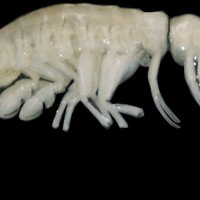
The Ghostly White New Predator
It’s harder to imagine a more hostile environment on Earth than
the ocean’s hadal zone. Named after Hades, the Greek...
Order your Subscription to the best Texas Saltwater Fishing Magazine!
Subscribe Today

Read All Issues Current & Past!
Read MagazinesOrder your Subscription to the best Texas Saltwater Fishing Magazine!
Subscribe Today Check out the hottest angler
locations, latest product
reviews and tips & tricks
from our pro guides
and contributors.
To learn more select a
coastal region below.
Get all the latest coastal cuisine recipes from guides and authors.
* Denotes required entry.
